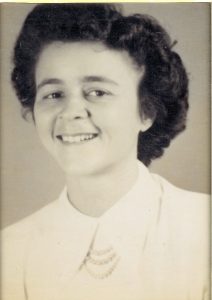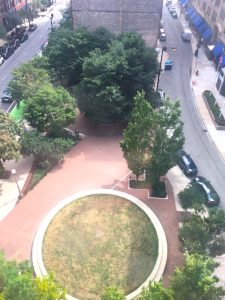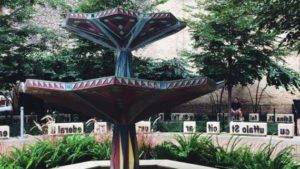Free Memoir-Writing Workshop Starts Tuesday!
September 1, 2021 • Comments • Posted in careers/jobs for people who are blind, memoir writing, public speaking, teaching memoir, technology for people who are blind, visiting libraries, writingThe Chicago Public Library (CPL) has asked me to lead a free four-part virtual memoir-writing workshop,.and The first class starts Tuesday, September 14 at 2 pm central time. and then at 2 pm every Tuesday up to and including October 5, 2021. You don’t have to be a Chicago resident to register, anyone anywhere can attend – we’re meeting via Zoom. The four-part CPL workshop is intended for people who are just starting to think about memoir-writing and will be much different than the weekly memoir-writing classes I’ve been leading all these years. Rather than giving assignments, editing, and asking workshop participants to read 500-word essays out loud in class, I plan on focusing the four-part CPL workshop on the merits and process of writing memoir … and ways to get started. Here’s an excerpt from the description on the Chicago Public Library site:
The four-part CPL workshop is intended for people who are just starting to think about memoir-writing and will be much different than the weekly memoir-writing classes I’ve been leading all these years. Rather than giving assignments, editing, and asking workshop participants to read 500-word essays out loud in class, I plan on focusing the four-part CPL workshop on the merits and process of writing memoir … and ways to get started. Here’s an excerpt from the description on the Chicago Public Library site:
Award-winning author, journalist and teacher, Beth Finke teaches the craft of memoir and first-person narratives in this four-part writing workshop, answering common questions about getting started, the difference between autobiography and memoir, exposing family secrets, using pen names and pseudonyms, writer’s block, researching, organizing your work, self-publishing and working with publishers. A fun and easy-going workshop to discover ways friends, family, celebrations, milestones, moments and place can be catalysts for unlocking memories and uncovering stories.
Chicago Public Library will provide us with 75 minutes on Zoom each week, but it’s unlikely classes will last that long — the plan is for me to start each week with a short talk, then open up to discussion, questions and comments from participants.
Want to attend? Register here and you will receive an email with a link to the secure Zoom meeting about 24 hours before each meeting. Zoom you there!
Questions about attending online events like these at CPL? Check out the Chicago Public Library Events faq page.



